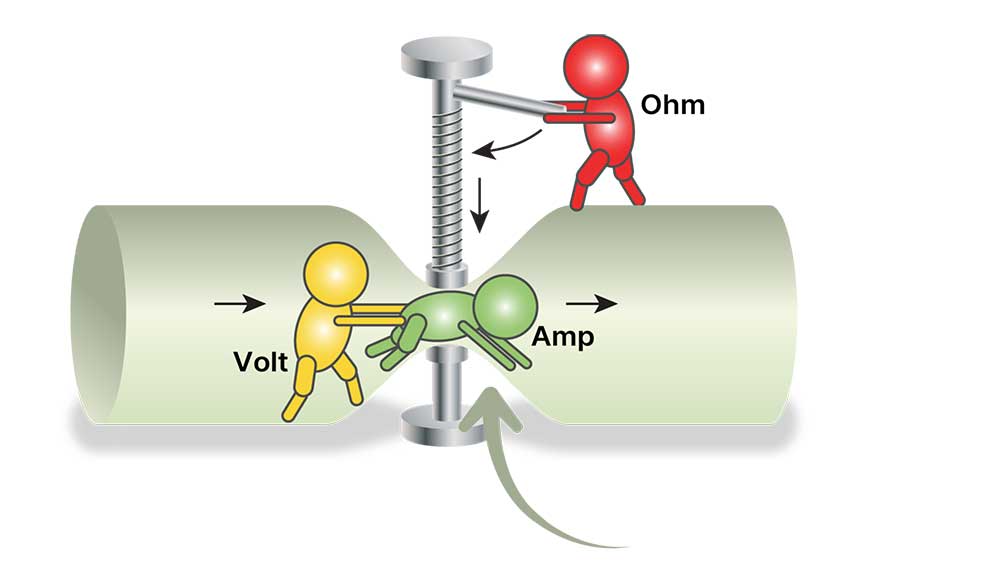 JEROME ANDRE
.
October 25, 2022
.
Uncategorized
JEROME ANDRE
.
October 25, 2022
.
Uncategorized

Following the first part of the dictionary in our first issue, here comes the second batch of equally relevant EV terms and acronyms. You will encounter them all sooner than later once you start contemplating a retrofit or modifying your modern OEM electric ride. And don’t worry, we’ll all make it as straightforward as possible. Once you’ve gone over the initial apprehension, you’ll see EVs are not necessarily more complicated than ICE—just wear insulated Class 1 gloves. So, what are Class 1 gloves? Well, since you’re asking…
Put simply, Personal Protective Equipment protects the wearer from serious electric-related injuries, mainly from heavy burns due to thermal hazards. Safety requirements demand appropriate protection measures, which are systematically taken by any person carrying out operations involving potential risk. Class 1 gloves are mandatory for any work on high-voltage systems. Face shields and arc flash protective clothing also significantly mitigate the risk of severe harm or loss of life. It is recommended to carefully store all PPE to save them against wear that degrades their lifespan and effectiveness.
A lithium-ion battery is the current standard in EV batteries. It is composed of cells in which lithium ions move through an electrolyte from a negative electrode to a positive electrode during discharge (and the other way around when charging). This technology offers good energy density, power, and fast charging ability.
This large, four-pin plug, quick-charging system enables charging capacities of up to 50kW at public chargers. It is typical of most Japanese brands and was initially derived from Asian standards. While rarely used on retrofitting, it is compatible with Vehicle to Grid (V2G) but requires two separate sockets. Although an excellent option for fast charging, many OEM EV manufacturers and even charging providers are abandoning CHAdeMO in favor of CCS Fast Charging as their standard offering.
The amp from Ampere is the unit used to measure electric current. Current is a count of the number of electrons flowing through an electric system. One amp equals the amount of current produced by a force of one volt passing through the resistance of one ohm.
Combined Charging System charging sockets combine the inlets for both AC and DC using shared communications pins. CCS type 1 and CCS type 2 feature identical DC pins and communications protocols. Manufacturers simply swap the sockets for the required market: Type 1 in the US and Type 2 for the rest of the world. CCS uses PLC (Power Line Communication) to initiate and control the charging of the car battery.
Regenerative braking is an energy-recovery system that recharges the traction battery while the car is slowing down. The electric motor becomes a generator, and power flows back into the battery. Similar to engine braking in an ICE car, “regen” helps increase the range when slowing the car.
The twisting force that causes rotation. It is the primary determinant of a car’s acceleration potential. Gas and diesel engines deliver peak power at a specific rev since they deliver torque across a curve as RPM increases. Electric motors can accelerate rapidly for takeoff because they provide their greatest torque from zero RPM-onwards.
The United States Environmental Protection Agency (EPA) uses its testing procedures for fully electric vehicle ranges. They are arguably the most demanding and, consequently, the most representative of real-world performance.
Vehicle to grid is the ability for an EV to let its battery discharge electricity back into the grid through the charger, either for use in your own house or back into the grid generally during periods of high grid demand.
The Worldwide harmonized Light vehicles Test Procedure (WLTP) is the most thorough emissions and efficiency testing regime now used as the official standard, replacing NEDC. As a result, the test provides a less optimistic verdict on the real-world electric range, but it is arguably still more optimistic than a vehicle’s actual real-world range.
These cards, which many older charge points need to enable EV charging, use the same technology as public transportation travel cards. They are commonly replaced by smartphone apps or scanning.
We use cookies to enhance your browsing experience, serve personalized ads or content, and analyze our traffic. By clicking "Accept All", you consent to our use of cookies. Visit our Cookie Policy for more info.
Notifications
Share Link